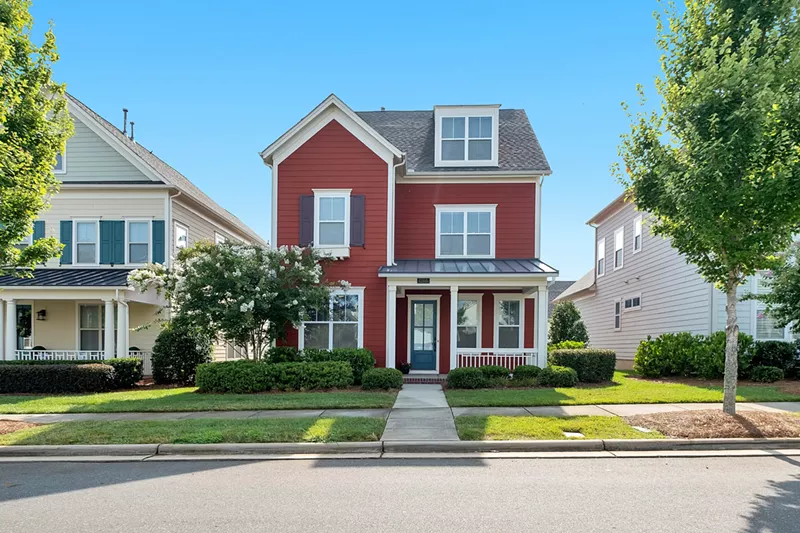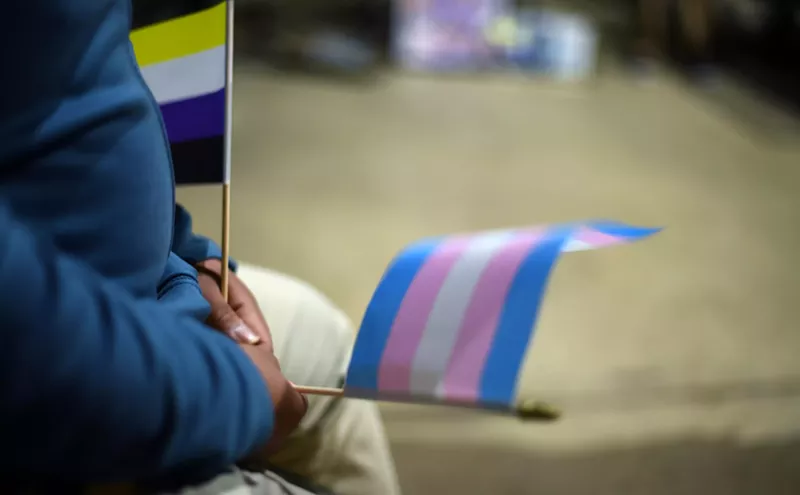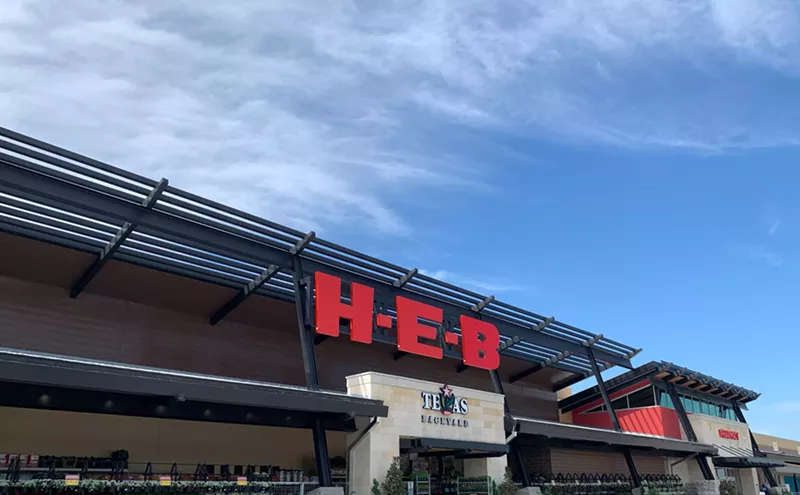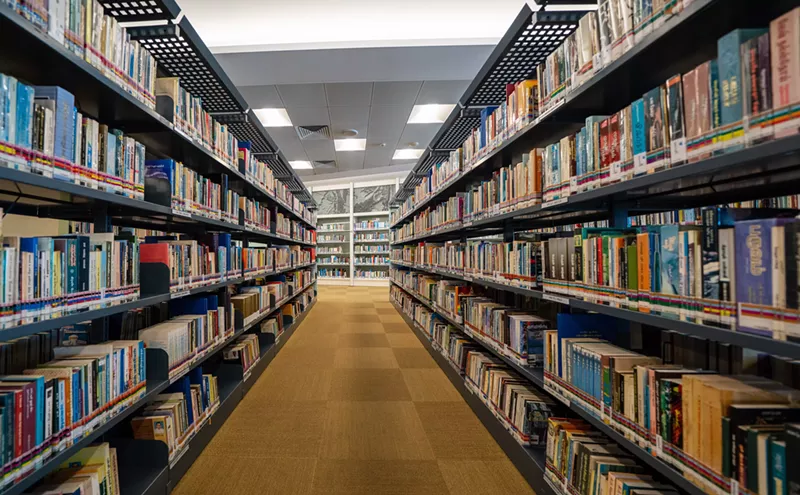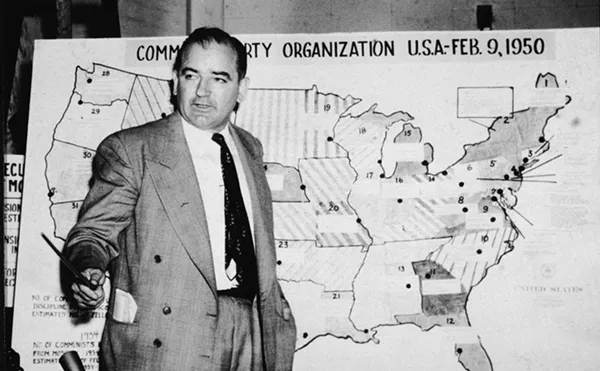Folks living close to the city’s urban center can generally expect to see less bang for their buck, sad to say. A recent analysis of 50 U.S. cities by RentCafe, a nationwide apartment search website, breaks down what a Dallas renter can get with $1,700, around the national average rent.
RentCafe examined 75 Dallas ZIP codes and found that 46 of them provide more space for $1,700 when compared with the national average of roughly 950 square feet.
Take, for example, Lancaster’s 75134. It boasts the greatest amount of apartment legroom in the Dallas area: 1,414 square feet. That’s not a mansion by any means, but it’s still more than double what you could get in 10033, “Manhattan’s most generous” ZIP code.
“On the flip side, in 75205 (including Highland Park and University Park), the average rent of $1,700 will stretch only as far as 539 square feet — the tightest space you'll find in Dallas for this price,” RentCafe continued in a news release. “Would you give up some room for a 15-minute commute to downtown in one of Texas' top-notch neighborhoods?”
RentCafe's analysis comes as Mayor Eric Johnson said during his state of the city address that funding for parks is his priority in the upcoming bond package, not affordable housing. Yet advocates pushing for more affordable homes have blasted Dallas City Council for putting “parks over people.”
It makes sense that many renters would feel squeezed out of the housing picture. RentCafe broke down some Dallas-specific findings via email, highlighting several ZIP codes that provide the most and least amount of room.
“Most space
1. 75134: 1,414 square feet for $1,700
2. 75233: 1,342 square feet for $1,700
3. 75241: 1,320 square feet for $1,700
Least Space
1. 75205: 539 square feet for $1700
2. 75202: 685 square feet for $1700
3. 75219: 690 square feet for $1700”
As for what you can get in 75201, where the Observer's headquarters are located? A decidedly modest 702 square feet. (Look for your own ZIP code by checking out this interactive map.)
RentCafe’s info helps lay bare a particular trend in the local rental housing market: Big D is turning “increasingly unaffordable,” said Bryan Tony with the Dallas Housing Coalition. The way he sees it, Dallas needs to invest in housing if it doesn’t want to lose its cost-of-living edge. Otherwise, we could potentially start to parallel other pricey urban markets, such as Austin and metros on the West and East coasts.
When someone is cost-burdened with housing, it means that they’re paying at least 30% of their income toward keeping a roof over their heads, Tony said. So, a household earning Dallas’ median income of $58,200 would ideally not spend more than $1,455 on monthly rent.
“That is why many people from Dallas are moving to neighboring cities,” Tony said via email, adding that Kaufman County saw the state’s largest population boom, 8.9%, from 2021 to 2022. “The City of Dallas has only grown only 0.4% in population since 2020. It is due to a lack of affordable housing.”
“A family of four would have to earn $135,000 a year to afford the average price of a home in Dallas, $405,000.” – Bryan Tony, Dallas Housing Coalition
tweet this
For most Dallas residents, a $1,700 monthly payment would not be considered affordable housing, he said. Certain renters are especially struggling to get by. Nearly 75% of single parents with children in Dallas are considered cost-burdened, and the same is true for more than 50% of senior renters, Tony said.
The aforementioned interactive map shows the highest demand for “Dallas’ urban core, ZIP codes located along busy transportation corridors, and zip codes with larger amounts of jobs,” Tony said. A limited amount of multifamily housing is available within these ZIP codes.
“Dallas must consider how we can make more housing available across the city of Dallas, so renters can have more options outside the urban core,” he said. “Unfortunately, 86% of Dallas’ land is zoned for single-family, detached housing, making it difficult for households to find rental opportunities when homeownership is so far out of reach.
“A family of four would have to earn $135,000 a year to afford the average price of a home in Dallas, $405,000,” he continued.
A Rent.com report from earlier this year found that Dallas is the third-priciest metro area in the South, after Nashville and Austin. The median rent at the time for Dallas-Fort Worth-Arlington was $145 higher than the national median cost.
There’s a large gap between housing supply and demand for Dallas’ lowest-income renters, or households making at or below 50% of area median income, said Ashley Flores, senior director of the Child Poverty Action Lab. By 2030, this disparity is expected to climb by an additional 50,000 rental units to a supply gap of around 83,500.
Rent increases started to accelerate once the pandemic began, according to a detailed CPAL report released earlier this year. Wages have grown a bit, but not enough to keep up with rising rents. And higher-income folks who would have normally entered homeownership by now are instead remaining renters, putting “pressure on the rental market.”
Paying $1,700 in rent is still far out of reach for many people, particularly given that the DFW area has a high prevalence of low-wage jobs, Flores said. She also posed a relevant hypothetical: “Yes, this is sort of the average [national] rent, but who is able to afford it?”

